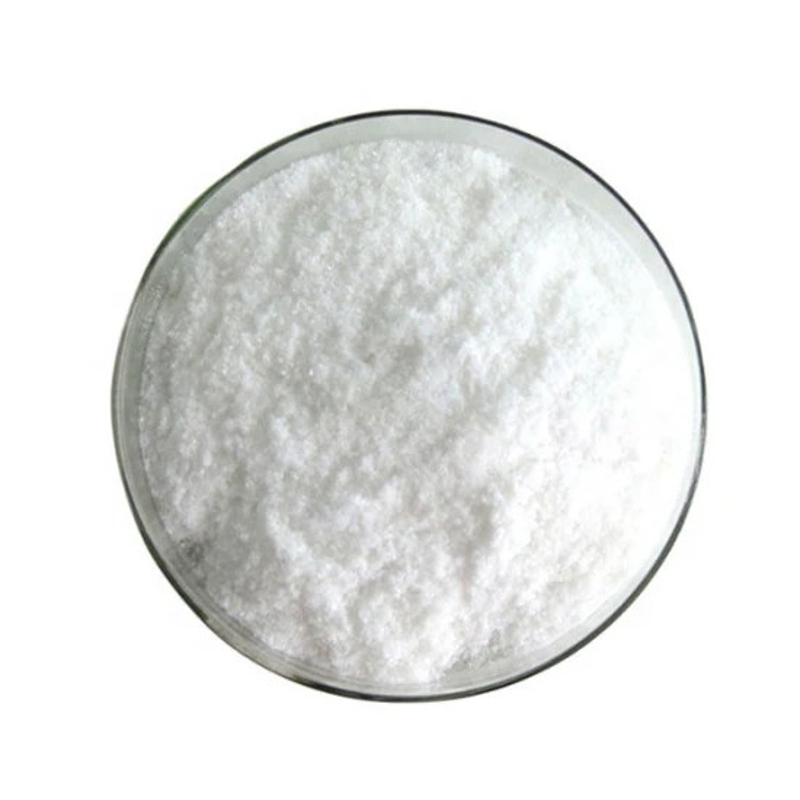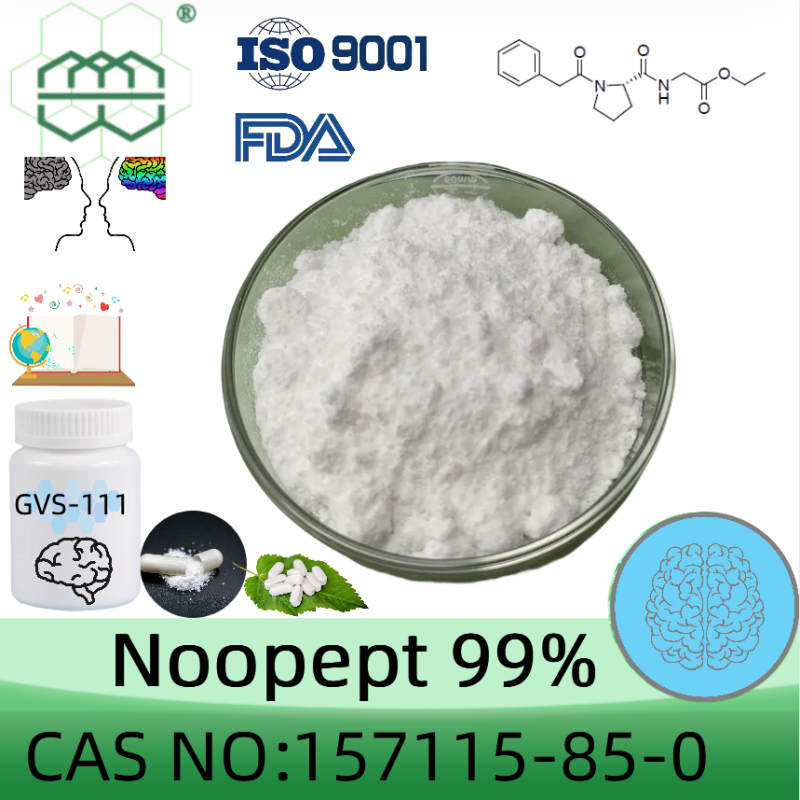-
Categories
-
Pharmaceutical Intermediates
-
Active Pharmaceutical Ingredients
-
Food Additives
- Industrial Coatings
- Agrochemicals
- Dyes and Pigments
- Surfactant
- Flavors and Fragrances
- Chemical Reagents
- Catalyst and Auxiliary
- Natural Products
- Inorganic Chemistry
-
Organic Chemistry
-
Biochemical Engineering
- Analytical Chemistry
-
Cosmetic Ingredient
- Water Treatment Chemical
-
Pharmaceutical Intermediates
Promotion
ECHEMI Mall
Wholesale
Weekly Price
Exhibition
News
-
Trade Service
On July 20, 2022, local time in Canada, the Canada Gazette announced another major update to Canada's Food and Drug Regulations - Canada will follow the steps of Chile, Brazil and other countries to mandate high sodium for sale in Cana.
, foods with high sugar and high saturated fat content, a "magnifying glass" symbol is marked on the main display page of the product to remind consumers of the health risks of the food (hereinafter referred to as the "magnifying glass" symbol)
Relevant products need to modify the label before December 31, 2025
, foods with high sugar and high saturated fat content, a "magnifying glass" symbol is marked on the main display page of the product to remind consumers of the health risks of the food (hereinafter referred to as the "magnifying glass" symbol)
Relevant products need to modify the label before December 31, 2025
Judgment basis for high sodium, high sugar and high saturated fat
According to new regulations issued by Health Canada, if the % Daily Intake of sodium, sugar and saturated fat in a product (the percentage of a nutrient per serving of the recommended daily intake for that nutrient) exceeds the following limits , the product will be judged as a high sodium, high sugar or high saturated fat product that poses a health risk to consume.
Table 1 Judgment basis for high sodium, high sugar and high saturated fat
Note: DV% refers to Daily Value%, the percentage of daily intake
Case: Taking an adult snack in Canada as an example, its nutrition label is shown in Figure
Figure 1 An example of an adult snack nutrition label
From the information in the green box, the reference consumption of the product is 35g, which is greater than 3
The product is an adult snack, which belongs to "except for children's food for 1-4 years old", so the determination limit of its high sodium, high sugar and high saturated fat is 1
The product is an adult snack, which belongs to "except for children's food for 1-4 years old", so the determination limit of its high sodium, high sugar and high saturated fat is 1
From the information in the red box, the product's daily intake percentage of saturated fat is 18%; the daily intake percentage of sugar is 13%; and the daily intake percentage of sodium is
The determination limit is 15%, so this product is high in saturated fat; neither sugar nor sodium is "hig.
The determination limit is 15%, so this product is high in saturated fat; neither sugar nor sodium is "hig.
Logo example
If the indicators of saturated fat, sugar and sodium reach the limit of "high content", the "magnifying glass" sign in English and French must be used on the main display page of the fo.
The "magnifying glass" sign is a square pattern with a magnifying glass graphic on the left and a consumer warning with the warning "contains high levels of saturated fat/sugar/sodium" on the rig.
Below the sign is the text "Health Canad.
As shown in Figure
Below the sign is the text "Health Canad.
As shown in Figure
Figure 2 Example of the "Magnifying Glass" bilingual sign in English and French
Case: Take the adult snack product mentioned above as an example, this product only contains high saturated fat, and neither sugar nor sodium reaches the "high content" lim.
The warning signs that need to be identified are shown in Figures 3 and
The warning signs that need to be identified are shown in Figures 3 and
Figure 3 Example of "magnifying glass" logo for high saturated fat products1
or
Figure 4 Example of "magnifying glass" logo for high saturated fat products 2
In addition, if the product packaging has a special shape, a small packaging area, or wants to separate the English and French signs, the regulations also stipulate other standard logo formats, and companies can refer to the regulations in the original text of the regulatio.
Regulatory Analysis and Regulatory Impact
According to Health Canada research, Canadians continue to have high levels of saturated fat, sugar and sodium intake and contribute to the risk of overweight and obesity, high blood pressure, cardiovascular disease, certain cancers and type 2 diabetes among Canadia.
health ris.
It is estimated that Canadian health care spending and lost productivity due to obesity alone is between C$6 billion and C$1 billion annual.
Although information on these nutrients is already available in the existing Nutrition Facts table, Health Canada hopes to inform consumers of the content of these three nutrients in a more concise and direct way to help Canadians conduct effective health manageme.
As a result, Canada mandates that food labels be marked with a "magnifying glass" to alert consumers to products that are high in saturated fat, sugar and sodi.
health ris.
It is estimated that Canadian health care spending and lost productivity due to obesity alone is between C$6 billion and C$1 billion annual.
Although information on these nutrients is already available in the existing Nutrition Facts table, Health Canada hopes to inform consumers of the content of these three nutrients in a more concise and direct way to help Canadians conduct effective health manageme.
As a result, Canada mandates that food labels be marked with a "magnifying glass" to alert consumers to products that are high in saturated fat, sugar and sodi.
Internationally, Chile is the first country to impose such a mandatory labelling requireme.
Since then, Israel, Peru, Mexico, Uruguay, Brazil and Argentina have all begun to formulate corresponding mandatory requirements; the United Kingdom, France, Australia and New Zealand have also promulgated relevant regulations for voluntary labeli.
The Codex Alimentarius Commission, the World Health Organization and the Food and Agriculture Organization of the United Nations also support countries around the world to help consumers make healthier choices by using simplified, science-based nutrition information on the front of food packagi.
FoodPartners believes that Canada has consistently ranked among the top in the "Global Food Safety Index Report", which is inseparable from its bold and innovative attempts in food safety manageme.
Since then, Israel, Peru, Mexico, Uruguay, Brazil and Argentina have all begun to formulate corresponding mandatory requirements; the United Kingdom, France, Australia and New Zealand have also promulgated relevant regulations for voluntary labeli.
The Codex Alimentarius Commission, the World Health Organization and the Food and Agriculture Organization of the United Nations also support countries around the world to help consumers make healthier choices by using simplified, science-based nutrition information on the front of food packagi.
FoodPartners believes that Canada has consistently ranked among the top in the "Global Food Safety Index Report", which is inseparable from its bold and innovative attempts in food safety manageme.
Health Canada has collected input from stakeholders, consumers and business.
The main challenges posed by the regulations focus on industry costs of updating packaging, trade difficulties and barriers with other countries, and difficulties in estimating the nutritional content of certain types of produc.
However, according to the statistics of Health Canada, the cost of these challenges can be fully covered by the expected reduction in health and medical expenditure, and the economic and health benefits far exceed the co.
The main challenges posed by the regulations focus on industry costs of updating packaging, trade difficulties and barriers with other countries, and difficulties in estimating the nutritional content of certain types of produc.
However, according to the statistics of Health Canada, the cost of these challenges can be fully covered by the expected reduction in health and medical expenditure, and the economic and health benefits far exceed the co.
FoodPartner Network's Advice for Exporters
Check as soon as possible whether the products exported to Canada have reached the limit for mandatory labeling;
If you need to modify the label and plan the update plan of the label, the old label products must be sold before December 31, 2025 (note that it is not divided by production date, but by market sale.
In addition to the content mentioned in the article, there are also requirements for exempted marking categories and marking locations in the regulatio.
Due to the complexity of the content, they will not be repeated he.
If you have questions about Canadian labeling, you are welcome to discuss and communicate with FoodPartne.
c.
Due to the complexity of the content, they will not be repeated he.
If you have questions about Canadian labeling, you are welcome to discuss and communicate with FoodPartne.
c.







